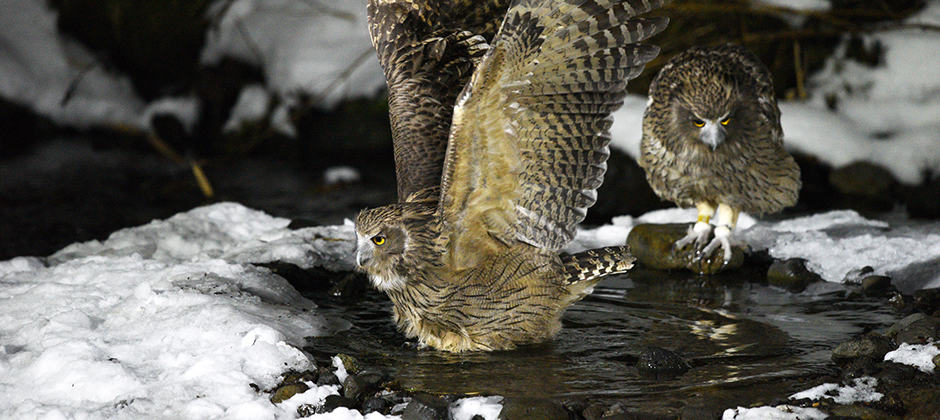Share this article
Non-English studies can fill conservation gaps
When it comes to biodiversity, some parts of the world are short on data. But maybe they’re not as understudied as many scientists believe.
A new study suggests translating research written in languages other than English can fill in some of the gaps.
“I’m originally from Japan,” said Tatsuya Amano, Australian Research Council Future Fellow at the University of Queensland and the lead author of the study published in PLOS Biology. “I knew scientific literature was published in Japanese. But that literature is not accessible to international communities.”
Amano wondered if tapping into literature in other language could help reduce biases in some of these global studies on biodiversity conservation.
To conduct the research, Amano and his colleagues collaborated with a project called Conservation Evidence. The project aggregates studies on wildlife around the world, summarizes the effectiveness of conservation actions and suggest actions that could help conserve a species or habitat. Before Amano’s research, the project had only taken into account studies in English.
Amano and his colleagues wanted to find out how much more information non-English language studies would add to the project. They collaborated with 62 people who spoke English as well as a combined 17 other languages and identified 1,234 papers that tested the effectiveness of conservation actions.
Comparing the species, geographic areas and conservation findings with those in the Conservation Evidence project, they found that there were many more non-English studies on conservation in areas where English-language studies were scarce. “That means non-English languages can fill that gap in the English language studies,” Amano said.
Studies written in English were biased toward countries like the U.S., Canada and the U.K., the team found. Studies written in other languages covered more species in non-English speaking areas. “For example, over 200 bird species were studied only in non-English language studies,” he said.
Currently, if researchers conducting global biodiversity studies wanted to include non-English literature, they’d have to translate keywords when conducting their searches and translate the texts of studies identified, for example, using machine translation. The quality of machine translation is certainly improving, Amano said.
That helps, Amano said, but it may be better to just collaborate with speakers of other languages. “Conservation science is now quite globalized,” he said. “So it should be possible to involve native speakers of different languages in specific projects and then try to identify such non-English studies.”
But, this isn’t a silver bullet to filling geographical information gaps, he said. While some countries, like Japan, have ample conservation studies, other countries may lack research in their native languages. “That means probably, the absolute amount of scientific knowledge is still lacking in those countries,” he said.
Meanwhile, Amano and his colleagues are working on a project called “translatE” to help overcome language barriers in research.
The study shows just one of the consequences of not having cultural diversity in research, Amano said. “For better using scientific knowledge published in non-English languages, it’s important to develop scientific communities involving native speakers of different languages,” he said. “This is at least one reason that shows why developing culturally diverse academia is important.”
Header Image: Japanese-language studies helped add information on endangered species like the Blakiston's fish owl (Bubo blakistoni). Credit: Takashi Muramatsu








